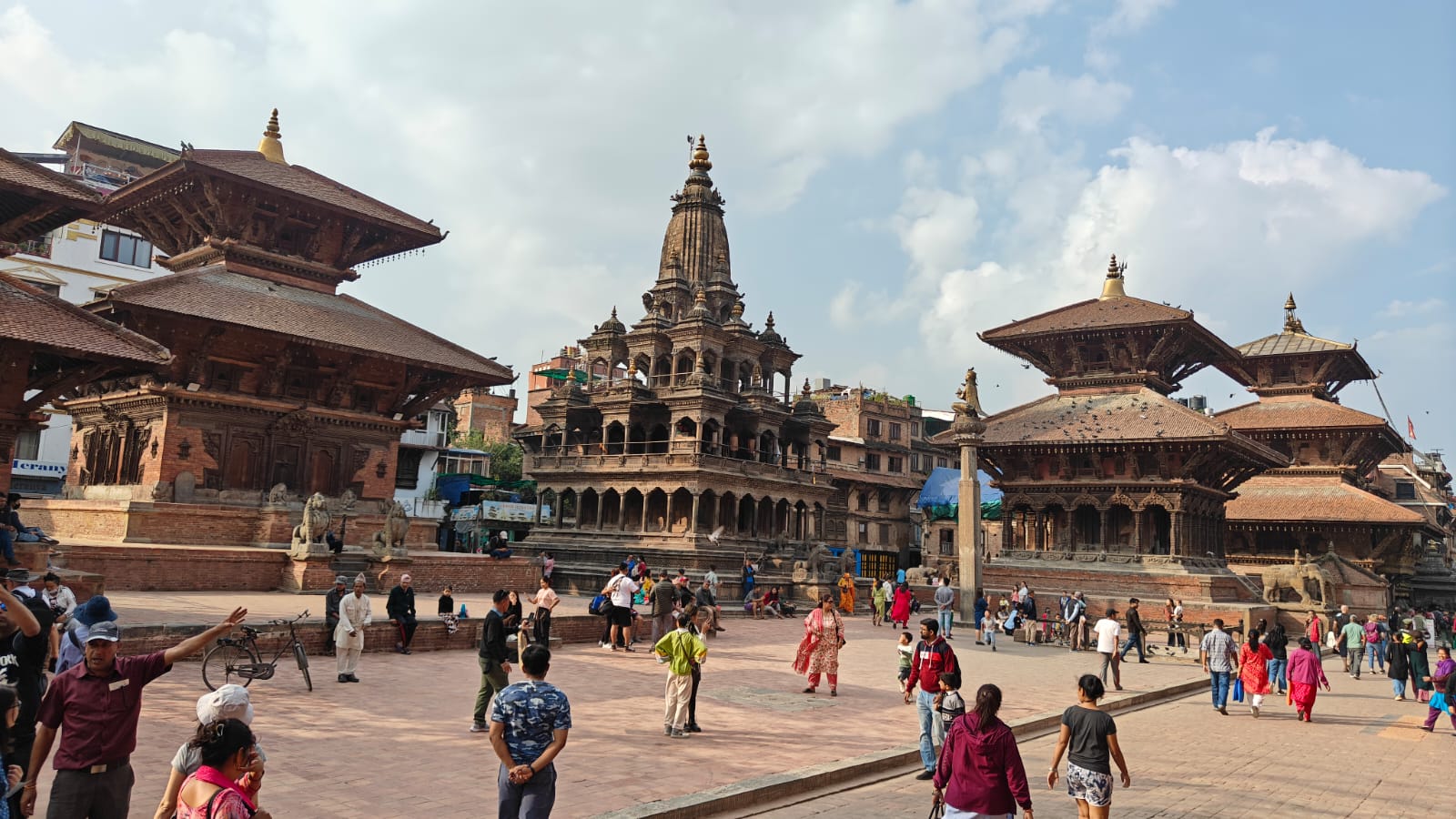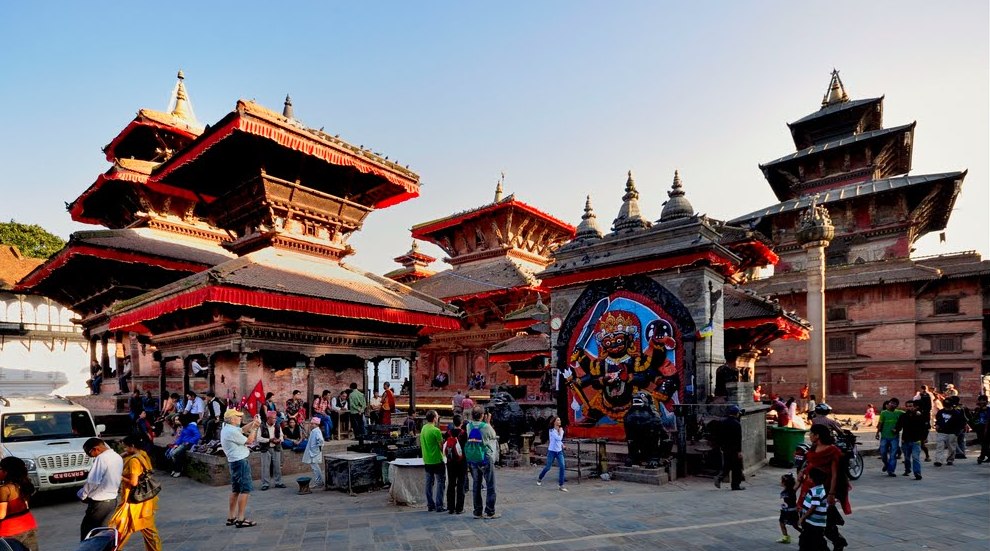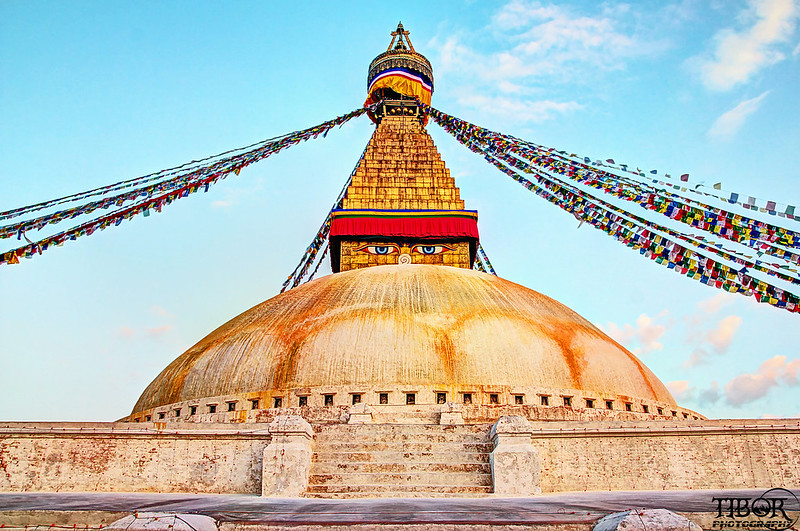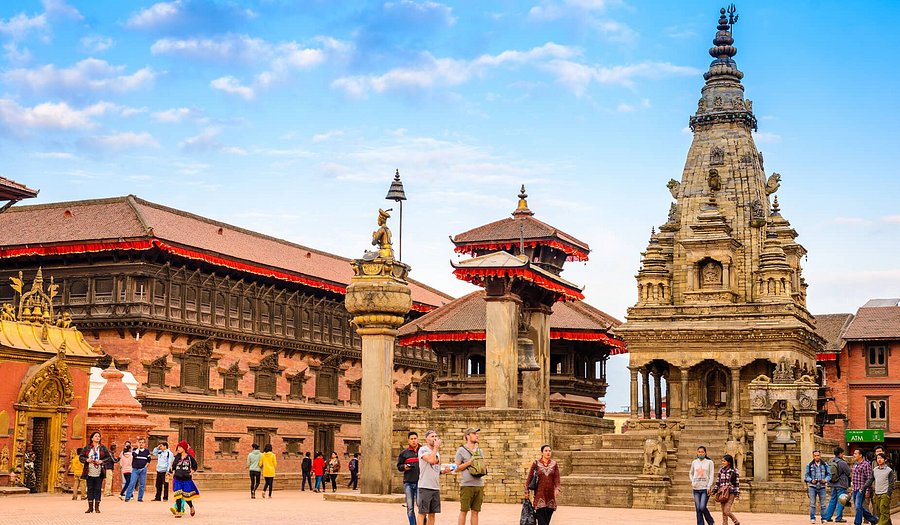
Historical Significance of Patan Durbar Square
Patan Durbar Square, located in the heart of Lalitpur (Patan), is one of the three royal squares in the Kathmandu Valley and a UNESCO World Heritage Site. Its history dates back to the Malla dynasty, which ruled the region from the 12th to the 18th century. The square served as the royal palace complex for the Malla kings of Patan, who were great patrons of art, architecture, and culture. The Malla rulers commissioned the construction of numerous temples, palaces, and courtyards, many of which still stand today as testaments to their grandeur. The square’s architecture reflects the Newari style, characterized by intricate wood carvings, stone sculptures, and brickwork. Patan itself is one of the oldest cities in Nepal, with a history that spans over 2,500 years. It is believed to have been founded by Emperor Ashoka in the 3rd century BCE, and its rich history is intertwined with Buddhism and Hinduism. The square has witnessed significant historical events, including the unification of Nepal under Prithvi Narayan Shah in the 18th century. Today, it remains a living museum of Nepali heritage, attracting historians, archaeologists, and tourists from around the world.
Architectural Marvels of Patan Durbar Square
Patan Durbar Square is a treasure trove of architectural wonders, showcasing the finest examples of Newari craftsmanship. The Krishna Mandir, built in the 17th century, is a masterpiece of stone architecture, dedicated to Lord Krishna. Its unique Shikhara-style design, with 21 golden pinnacles, sets it apart from other temples in the square. The Bhimsen Temple, dedicated to the Hindu god of trade and business, is another notable structure, known for its three-tiered roof and intricate carvings. The Golden Temple (Hiranya Varna Mahavihar), a Buddhist monastery, is adorned with golden facades and houses ancient statues and manuscripts. The Royal Palace (Patan Museum), once the residence of the Malla kings, is now a museum showcasing exquisite artifacts, including sculptures, paintings, and religious objects. The square’s architecture is a blend of Hindu and Buddhist influences, reflecting the harmonious coexistence of the two religions in Nepal. Each structure tells a story of devotion, artistry, and cultural pride, making Patan Durbar Square a must-visit destination for architecture enthusiasts.
Religious and Cultural Importance
Patan Durbar Square is not just an architectural marvel but also a spiritual and cultural hub. The square is home to numerous temples and shrines dedicated to Hindu and Buddhist deities, making it a place of worship and pilgrimage. The Krishna Mandir is a center of devotion during festivals like Krishna Janmashtami, while the Rato Machindranath Temple is the focal point of the annual Rato Machindranath Jatra, one of the longest and most colorful festivals in Nepal. The square’s religious significance is deeply rooted in the daily lives of the local Newari community, who perform rituals and ceremonies in its temples and courtyards. The coexistence of Hinduism and Buddhism in the square is a testament to Nepal’s religious tolerance and syncretism. The square also serves as a venue for cultural events, including traditional music and dance performances, which showcase the rich heritage of the Newari people. For visitors, Patan Durbar Square offers a unique opportunity to experience the spiritual and cultural essence of Nepal.
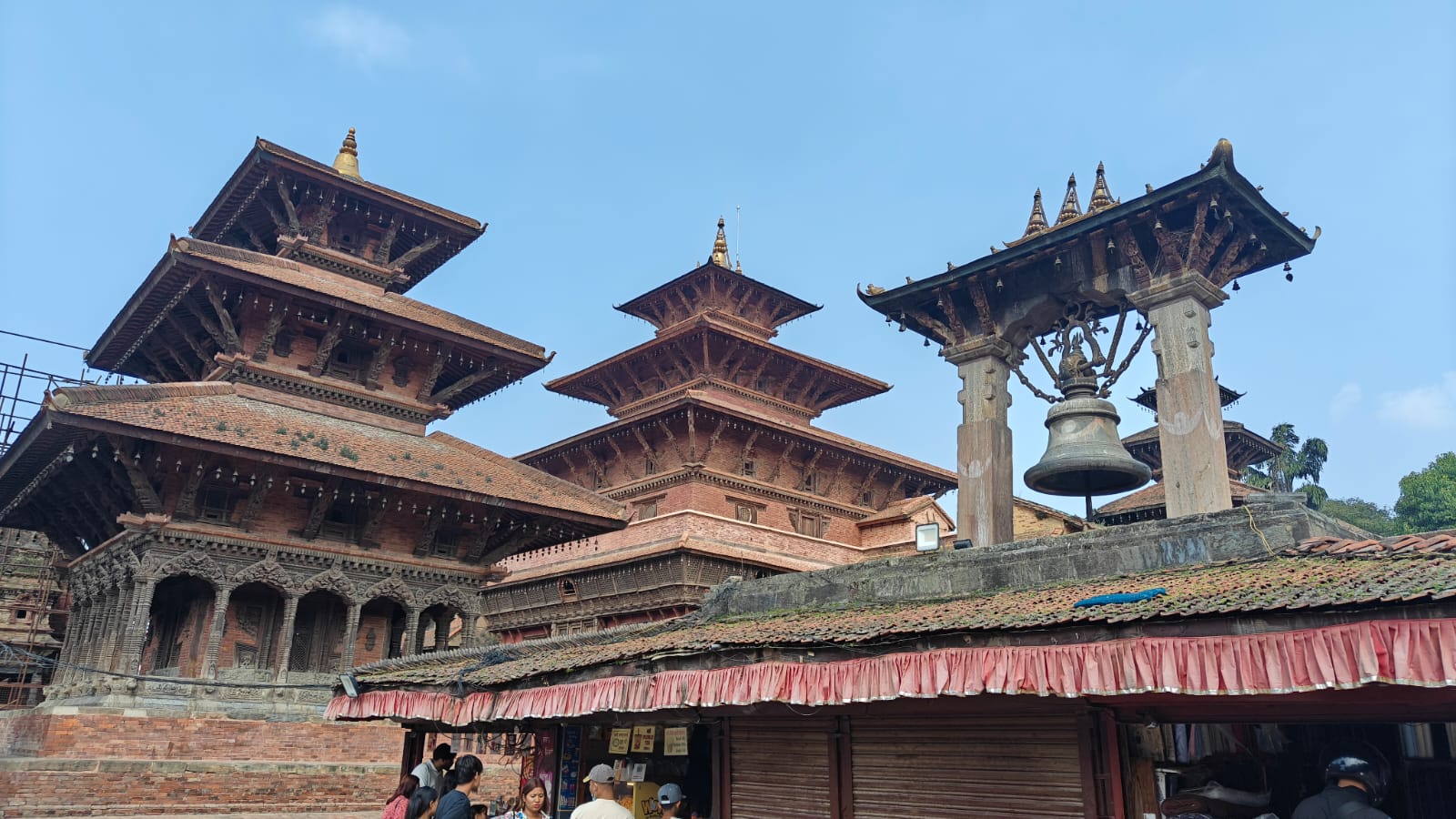
Patan Museum: A Treasure Trove of Art
The Patan Museum, housed in the former royal palace, is one of the finest museums in Nepal. It boasts an extensive collection of artifacts, including bronze statues, wood carvings, stone sculptures, and religious objects. The museum’s exhibits provide a glimpse into the artistic and cultural achievements of the Malla period, highlighting the skills of Newari artisans. One of the museum’s highlights is its collection of Hindu and Buddhist deities, which showcase the intricate craftsmanship and spiritual symbolism of Nepali art. The museum also features exhibits on the history of Patan, the Malla dynasty, and the restoration efforts following the 2015 earthquake. The building itself is an architectural gem, with beautifully restored courtyards, windows, and doors that reflect the Newari style. A visit to the Patan Museum is a journey through Nepal’s artistic and cultural heritage, offering a deeper understanding of the country’s history and traditions.
The Impact of the 2015 Earthquake
The devastating earthquake of April 25, 2015, caused significant damage to Patan Durbar Square, destroying several temples and structures. The Char Narayan Temple, Hari Shankar Temple, and parts of the Royal Palace were among the most affected. The earthquake was a tragic blow to Nepal’s cultural heritage, but it also sparked a wave of restoration efforts. Local and international organizations, including UNESCO, have been working tirelessly to rebuild and restore the square’s monuments. The restoration process involves traditional techniques and materials to ensure that the structures retain their historical authenticity. Despite the challenges, the resilience of the local community and the dedication of restoration teams have brought hope for the square’s revival. The earthquake has also raised awareness about the importance of preserving cultural heritage in the face of natural disasters, making Patan Durbar Square a symbol of resilience and renewal.
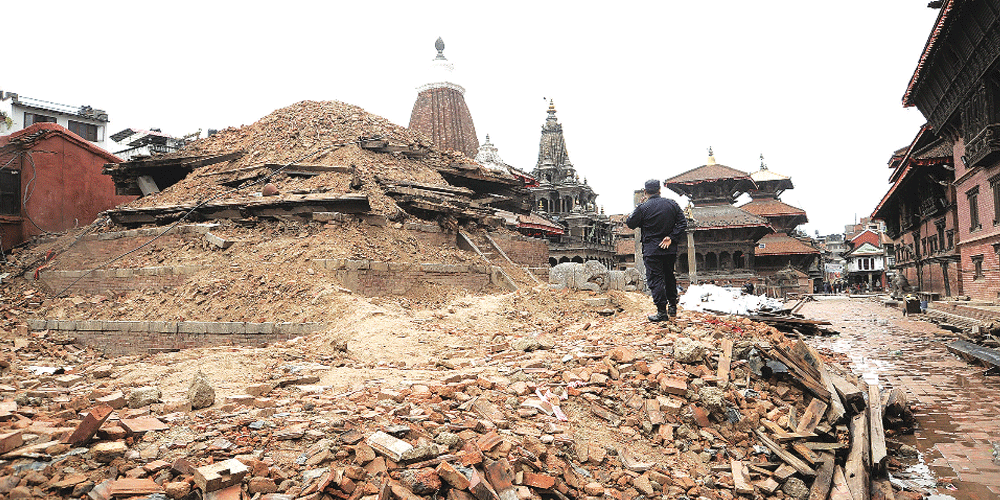
Patan Durbar Square as a UNESCO World Heritage Site
Patan Durbar Square was inscribed as a UNESCO World Heritage Site in 1979, recognizing its outstanding cultural and historical significance. The square is part of the Kathmandu Valley World Heritage Site, which includes seven groups of monuments and buildings. UNESCO’s designation has helped raise awareness about the square’s importance and has provided support for its preservation and restoration. The square’s inclusion on the World Heritage List is a testament to its unique blend of art, architecture, and culture, which reflects the rich heritage of the Newari people. However, the designation also comes with challenges, such as balancing tourism with conservation and addressing the impact of urbanization. Efforts are being made to ensure that the square’s heritage is preserved for future generations, making it a living legacy of Nepal’s cultural identity.
Exploring Newari Culture in Patan
Patan is the cultural heartland of the Newari people, one of Nepal’s most prominent ethnic groups. The Newari community is known for its rich traditions, vibrant festivals, and exquisite craftsmanship. Patan Durbar Square is a microcosm of Newari culture, with its temples, courtyards, and festivals reflecting the community’s spiritual and artistic heritage. The Newari language, music, and dance are integral parts of the square’s cultural landscape. Traditional Newari cuisine, such as bara, yomari, and samay baji, is a highlight for visitors, offering a taste of the community’s culinary traditions. The Newari people’s craftsmanship is evident in the square’s architecture, with intricate wood carvings, metalwork, and stone sculptures adorning its temples and palaces. Exploring Patan Durbar Square is a journey into the heart of Newari culture, offering a deeper understanding of Nepal’s diverse heritage.
Hidden Gems in and Around Patan Durbar Square
While the main attractions of Patan Durbar Square are well-known, the area is also home to several hidden gems that are worth exploring. The Mahaboudha Temple, also known as the Temple of a Thousand Buddhas, is a lesser-known but equally stunning structure, featuring terracotta tiles with intricate carvings of Buddha. The Kumbeshwar Temple, one of the oldest temples in Patan, is another hidden gem, known for its five-tiered roof and sacred pond. The Jawalakhel Handicraft Center, located near the square, is a great place to see traditional Newari crafts being made, including pottery, weaving, and metalwork. The narrow alleys and courtyards around the square are also worth exploring, offering a glimpse into the daily lives of the local community. These hidden gems add depth and richness to the experience of visiting Patan Durbar Square, making it a destination that rewards curiosity and exploration.
Patan Durbar Square Through the Seasons
Patan Durbar Square is a year-round destination, but its beauty and ambiance change with the seasons. During the spring, the square is adorned with blooming flowers, making it a picturesque setting for photography. The monsoon season brings lush greenery and a refreshing atmosphere, while the autumn offers clear skies and pleasant weather, ideal for exploring the square’s outdoor attractions. Winter, with its crisp air and golden sunlight, adds a magical touch to the square’s architecture. Each season also brings its own set of festivals and events, such as the Rato Machindranath Jatra in spring and Dashain and Tihar in autumn. Visiting Patan Durbar Square during different seasons offers a unique perspective on its beauty and cultural significance, making it a destination that can be enjoyed year-round.
Local Artisans and Craftsmanship
Patan is renowned for its skilled artisans, who have been practicing traditional crafts for centuries. The square is a living testament to their craftsmanship, with its temples and palaces adorned with intricate wood carvings, metalwork, and stone sculptures. The Newari artisans of Patan are particularly known for their metalwork, including the creation of statues, bells, and ritual objects. The Patan Metal Artisans’ Cooperative is a great place to see these craftsmen at work and to purchase authentic handmade items. Wood carving is another traditional craft, with artisans creating beautiful windows, doors, and sculptures. The square’s architecture is a showcase of these skills, with each structure reflecting the dedication and artistry of the local craftsmen. Supporting these artisans by purchasing their work or visiting their workshops is a meaningful way to contribute to the preservation of Patan’s cultural heritage.

